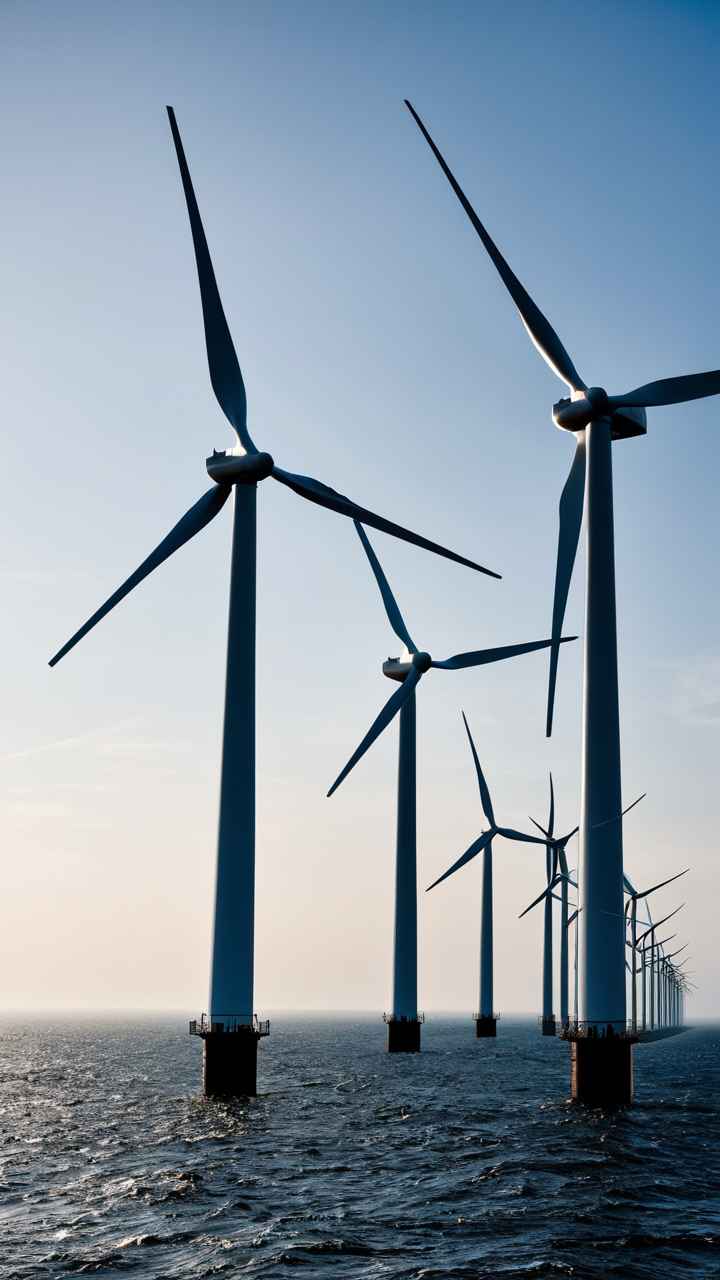
Ready to discover something remarkable?
Harnessing the Untapped Potential of Deep Waters
The world needs a massive increase in renewable energy to combat climate change. While onshore wind and solar are crucial, their geographical limitations restrict their potential.
Enter floating offshore wind farms: a game-changer that unlocks the vast energy resources of deeper waters, far from coastlines.
Unlike traditional fixed-bottom offshore wind turbines, which are limited to shallower waters, floating platforms can be deployed in deeper, windier locations, significantly increasing the potential energy yield.
This opens up vast swathes of ocean real estate previously inaccessible to wind energy development. Think of it as moving from a small garden to a vast, fertile field. The sheer scale of the opportunity is breathtaking.
The Technological Leap Forward
The technology behind floating offshore wind is rapidly evolving.
Early designs were relatively simple, but advancements in mooring systems, floating platforms (including spar buoys, tension-leg platforms, and semi-submersible platforms), and turbine technology are making these farms increasingly efficient and cost-effective.
[Link to a relevant scientific article on floating offshore wind technology advancements]. For example, the Hywind Scotland project, the world’s first floating offshore wind farm, paved the way for larger-scale deployments.
Now, projects are being planned with turbines exceeding 15 MW in capacity – a significant increase from earlier generations. [Link to a news article about a large floating offshore wind project].
This technological progress is driving down costs and making floating offshore wind a more competitive energy source.
Addressing the Challenges: Cost and Deployment
Despite the immense potential, challenges remain. The initial investment costs for floating offshore wind farms are higher than for onshore wind or even fixed-bottom offshore wind.
The complex engineering and specialized equipment required increase the upfront expenses. [Link to a report on the cost of floating offshore wind].
• the deployment process is more intricate and weather-dependent, requiring specialized vessels and expertise.
However, economies of scale and technological innovation are steadily driving down costs, making floating offshore wind increasingly viable.
The environmental impact also needs careful consideration, focusing on minimizing disruption to marine ecosystems. [Link to a study on the environmental impacts of floating offshore wind farms].
Careful planning and robust environmental assessments are crucial for sustainable development.
The Future is Floating: A Vision of Clean Energy
Floating offshore wind farms are not just a technological advancement; they represent a paradigm shift in how we approach renewable energy.
They offer a pathway to achieving truly massive renewable energy generation, significantly contributing to global decarbonization efforts.
As technology continues to mature and costs decline, we can expect to see a rapid expansion of floating offshore wind farms globally.
This will not only provide clean energy but also create new jobs and stimulate economic growth in coastal communities. Imagine a future where vast stretches of ocean power our homes and businesses, leaving a lighter footprint on the planet.
This vision is closer than we think, thanks to the innovative potential of floating offshore wind.



